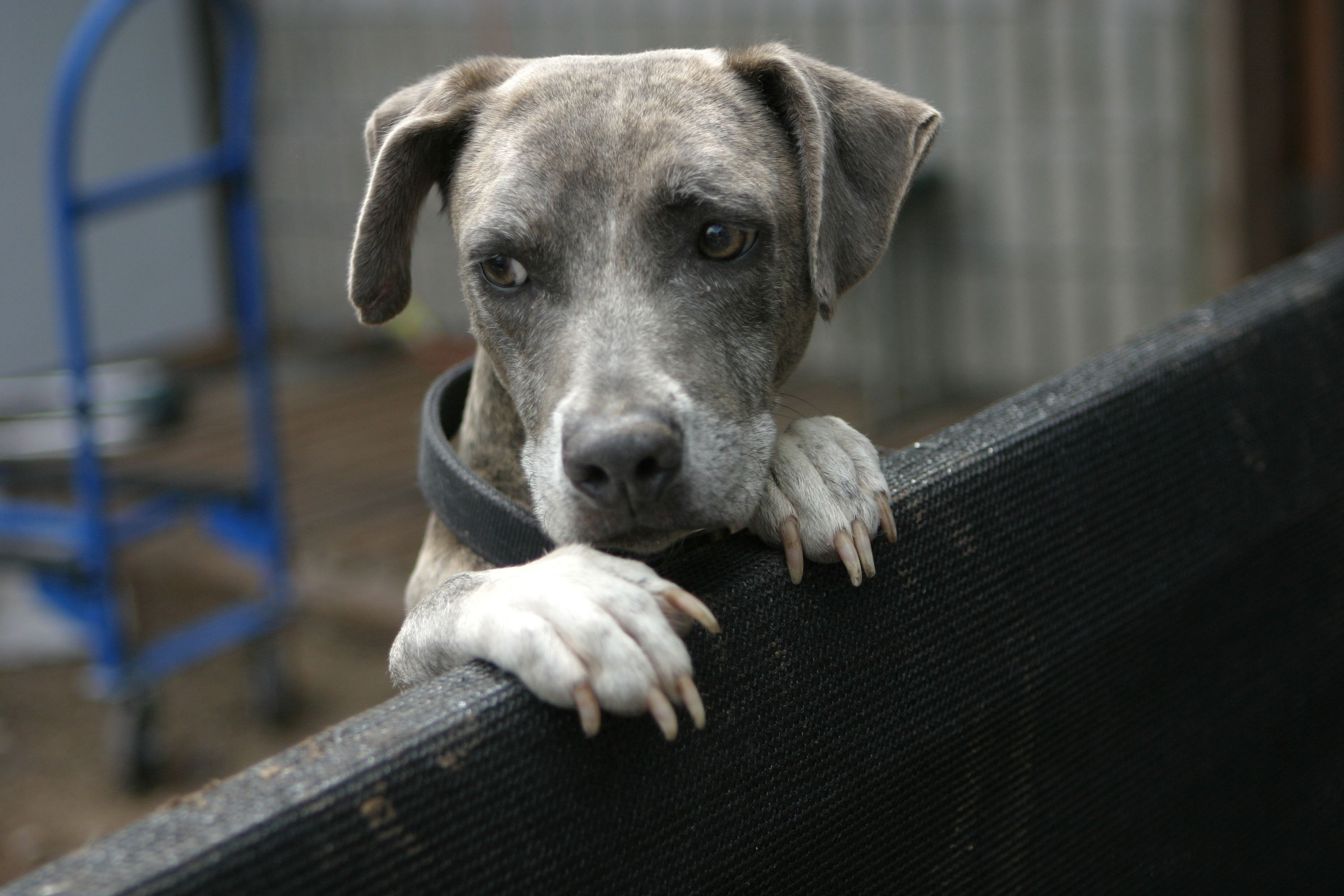
Thailand spans widely varying geological and climactic zones, in which over 10 percent of the world’s animals live. It
is home to more than 285 mammal species and 925 species of birds. Some of the animals native to Thailand are the
White-Handed Gibbon, Dusky langur (also known as the leaf monkey) and the Mudskipper (a fish that can also walk on land).
Conservation
Endangered species in Thailand include the tiger, with only about 500 left in the country, as well as the Asian elephant and the Wild Water Buffalo. The critically endangered animals in Thailand are the Javan Rhinoceros, the Kouprey and the Sumatran Rhinoceros.
Thailand has fifteen designated reserved animal species, which are defined by the Wild Animal Reservation and Protection Act of BE 2535. It is prohibited by law to hunt, breed, possess or trade any of these species, except when done for scientific research, and breeding and possession by authorized public zoos.
In 1994, The Wild Animal Rescue Foundation of Thailand (WARF) established the Gibbon Rehabilitation Project. According to the organization’s website, its goals are to:
- Develop a method to successfully rehabilitate white-handed gibbons back into their natural habitat. The GRP has been testing methods of reintroduction for the past 10 years. Every reintroduction is a learning opportunity. Reintroductions remain a relatively new division of conservation movement as well as uncharted terrain for research.
- End the demand for the illegal use of gibbons as toursits attractions and as pets: Throgh the education of visitors at our Center for Conservation Education and Fund-Raising, the GRP hopes to create awareness of the plight of the captive gibbon and to the role that tourism plays in the demand for baby gibbons.
- To repopulate the last remaining rainforest in Phuket-Khao Pra Theaw Non-Hunting Area (National Park, Wildlife and Plant Conservation Department). The gibbons were poached to extinction in Phuket over 25 years ago. The GRP hopes to repopulat this forest thought the rehabilitation for gibbons that were previously being help in captivity. The GRP has successfully reintroduced group in October of 2002, a second family in August 2003, a third group was reintroduced at the end of 2004 and many more in the near future.
- To create awareness of the importance of conservation of the environment: The GRP is also a effective resource for teaching the local community about the importance of conservation. The GRP runds education programs to enable local villagers and children to see the forest and its animalsas an essential life supporting source.
- Provide the opportunity for volunteers to study the white-handed gibbon: volnteers come from all over the world to study the white-handed gibbon. The gibbons at the GRP allow for the many forms of research, such as reintroduction methods, behavioural research of both captive and released gibbons, and research into deseases of gibbons in captivity.
Animal Welfare
Thailand doesn’t currently have prevention of cruelty to animals and animal welfarelegislation. A bill which would make animal cruelty a crime has reached the last legislative stage but has not yet been made into law. This bill is being stalled by the current government and may need to go through the entire legislative process from scratch when a new government is voted in.
Pets
Pet ownership is on the rise in Thailand. Between 200o and 2007, pet ownership has risen by 52 percent. The dog care market is the biggest and most dynamic segment of Thailand’s pet care industry. Thailand is amongst the world’s top 10 countries with the highest pet dog population. Smaller households and an aging population are leading more people to consider their dogs as part of the family. Dog care, products, services and healthcare are all on the rise.
| List of cats bred in Thailand: |


